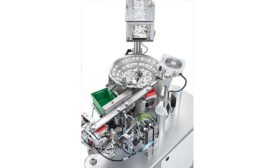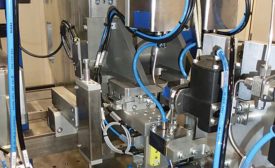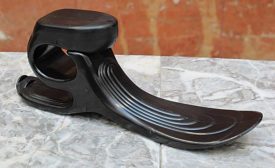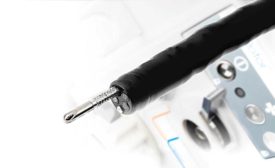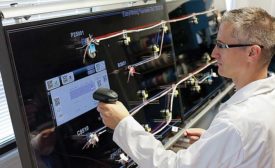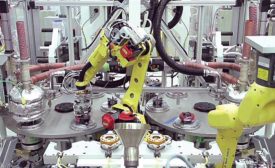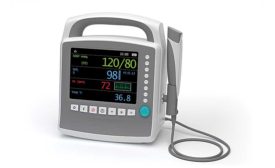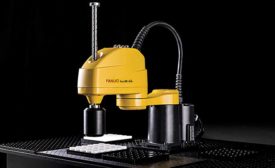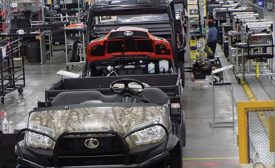John Sprovieri
John has been with ASSEMBLY magazine since February 1997. John was formerly with a national medical news magazine, and has written for Pathology Today and the Green Bay Press-Gazette. John holds a B.A. in journalism from Northwestern University, Medill School of Journalism.
ARTICLES
From vibratory bowls to shaker tables, medical device engineers have many options for feeding parts to automated assembly systems.
Read More
Automated Assembly of Medical Devices
Sharps, test cards, sensors and miniature gas canisters are among the many medical devices produced on automated assembly systems
May 1, 2018
New Plastics for Medical Devices
New materials are meeting the varying performance demands of medical devices
May 1, 2018
MEP Aids Medical Device Manufacturers
Many medical device companies have benefitted from the Hollings Manufacturing Extension Partnership
May 1, 2018
Harness Assembly Goes Digital
A new, interactive harness assembly board promises to prevent errors and improve productivity.
April 16, 2018
Robotic System Assembles Cords
A unique multistation automated assembly system produces six different cord sets.
April 13, 2018
Next-Gen SCARA Robots
State-of-the-art SCARA robots are helping assemblers meet greater demand for speed and precision
April 2, 2018
Never miss the latest news and trends driving the manufacturing industry
Stay in the know on the latest assembly trends.
JOIN TODAY!Copyright ©2024. All Rights Reserved BNP Media.
Design, CMS, Hosting & Web Development :: ePublishing

